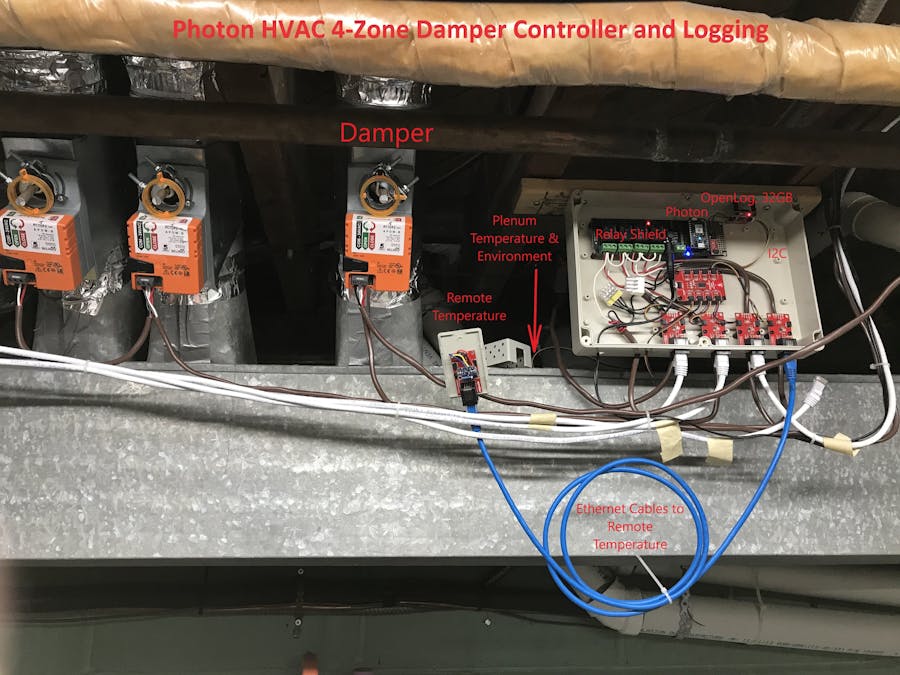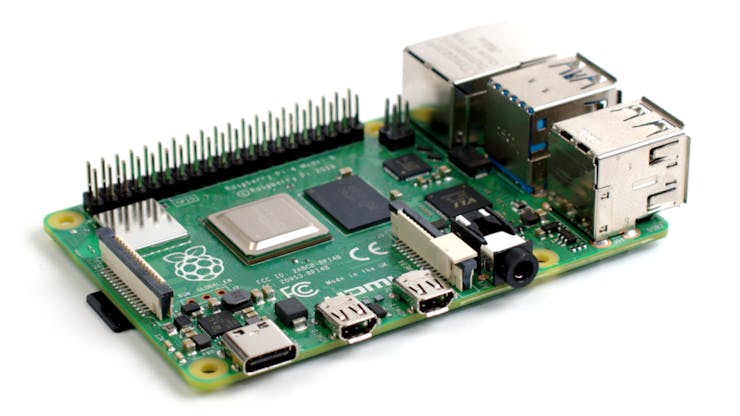I’d like to design my own custom UI for my Monoprice select mini 3D printer. But before writing some software we obviously need to know our enemy and reverse engineer all the hardware components.
In this video I will go through every single detail in how I reverse engineered the MP Select Mini (or Malyan M200) 3D Printer.
Technology
DIY Class D Audio Amplifier
In this project I will show you why a class AB amplifier is pretty inefficient and how a class D amplifier on the other hand improves this efficiency. At the end I will show you how we can apply the theory of operation of a class D amp to a couple of common components in order to create our own DIY class D audio amp.
How a pair of Tweezers defeated security on the Nintendo Wii | MVG
The story of how security researchers used a pair of tweezers to defeated security on the Nintendo Wii console in 2007.
Are Solid State Batteries About To Change The World? | Answers With Joe
As the world becomes more electrified, the race is on to build cheaper, longer-lasting, more energy-dense batteries. One of the most promising technologies in this space is the solid state battery, developed by an absolute legend in the battery world, one of the inventors of the lithium ion battery and recent Nobel Prize winner John B. Goodenough.
$2 18650 Li-ion Battery Charger: How to Design and 3D Print | TP4056 module
How to design and 3D print a 18650 Battery Charger for under $2 on an Ender 3 using a TP4056 module In this video I show you how I designed and 3D printed my 18650 battery charger and how I soldered all the wires.
The price of one charger for 4 batterys is under $2.
Price of a charger for 4 batterys: around $2 100 contacts $5
4 pair of contacts 4x $0.1 = $0.4
10 TP4056 $2
4 pieces 4 x $0.2 = $0.8
Some filament less then $1
Photon HVAC 4-Zone Damper Controller and Logging
This project fixed my problems with hot and cold rooms and logs details about how it was done, to compare to my ecobee4 thermostat details.

Raspberry Pi 4 Firmware Updates Tested: A Deep Dive Into Thermal Performance and Optimization
The Raspberry Pi 4 launched earlier this year to critical acclaim, thanks to upgrades including but not limited to a more powerful processor, the first new graphics processor in Raspberry Pi history, true gigabit Ethernet connectivity, and PCI Express-connected USB 3.0 ports.
It also drew some criticism for its higher-than-expected power draw and, correspondingly, heat output — something the engineers at the Raspberry Pi Foundation have been working to address in a series of firmware updates.

An Atari Graphics Chip, Ready for you to Build
The most notable of the home computer and console hardware from the 8-bit golden era didn’t get their impressive sound and graphics from off-the-shelf silicon, instead they relied on secretive custom chipsets to get the edge over their competitors. Unfortunately for vintage gaming aficionados, those chips are now long out of production and in many cases there’s little information to be had about their operation.
Which makes discovery of the schematics (PDF link) for the “Tia Maria” graphics chip found in the Atari 7800 console an unusual occurrence, and one which should be of special interest to the emulation community. They can be found alongside the rest of the Atari Museum’s 7800 information.

Fluid-Filled Full Bridge Rectifier Provides Hands-On Learning for Electronics Beginners
Designed to help visualize the operation of a full bridge rectifier, Shadow Of Intent’s project replaces electricity with water.
Instructables user Shadow Of Intent has posted a build guide for a bridge rectifier with a difference: it uses fluid to show its internal workings, serving as a hands-on demonstration of how the real component handles electricity
What’s the Best Single Board Computer For Android?
So what’s the best Single Board Computer for running Android?
In this video, I talk about some of the more recent single board computers like the RockPro RK3399 Raspberry Pi 4, ODroid N2 and let you know what I personally think is the best SBC for running Android in 2019 and why.
